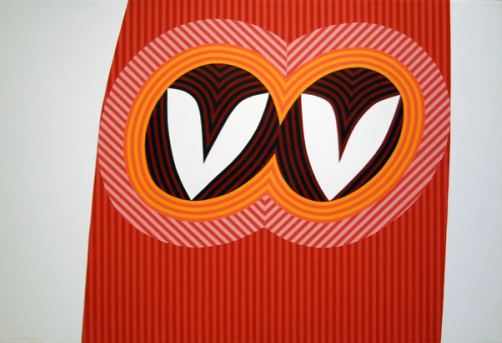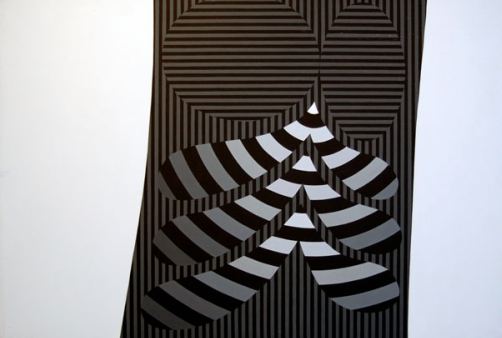In the 20th Century, artists who devoted themselves to rigorous abstraction tended to live in cities. Not Mary Henry. Her taste for the rural deprived her of the company of her peers. Wherever she was, she was the only person doing anything close her kind of work. Not until she was in her 70s, still living in the countryside but showing with regularity in Seattle, was she able to bask the force of collective admiration.
She counted it not as the beginning of her life as an artist, but the beginning of her life as an artist with a career. When she died last May at age 96, her work had become firmly ensconced in the region’s art history.
Last month Howard House hosted a survey of recent paintings. This month, the gallery delves into her well-documented past. Turns out, she saved everything, not only paintings but prints, playbills, correspondence and journals.
The star of the show are paintings from the 1960s and 1970s, when she was freshly divorced with her two children nearly grown. An antic spirit of high-flying fun entered what was formerly a sober and almost academic engagement.
These paintings represent now what they did then: freedom; the joy of being able to spend uninterrupted time in her studio buoyed by feminism, late 1960s rock ‘n’ roll and the loosening effects of a joint or two rolled at breakfast and enjoyed throughout the day.





The second installment of the show has a vitality and inventive spirit I’ve never found in her late work. I love the large high chroma paintings in the front, and those murals for the HP building were really stunning.